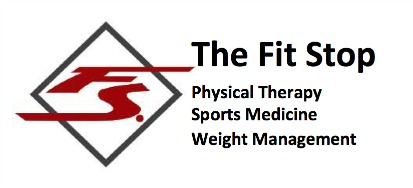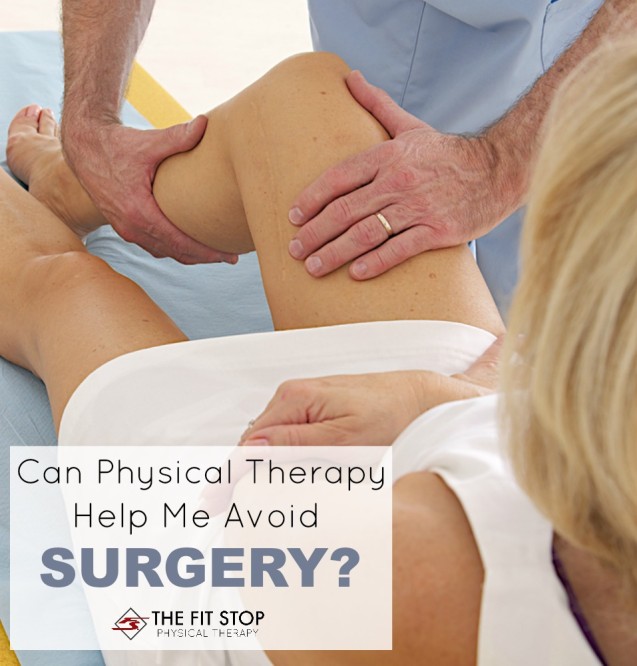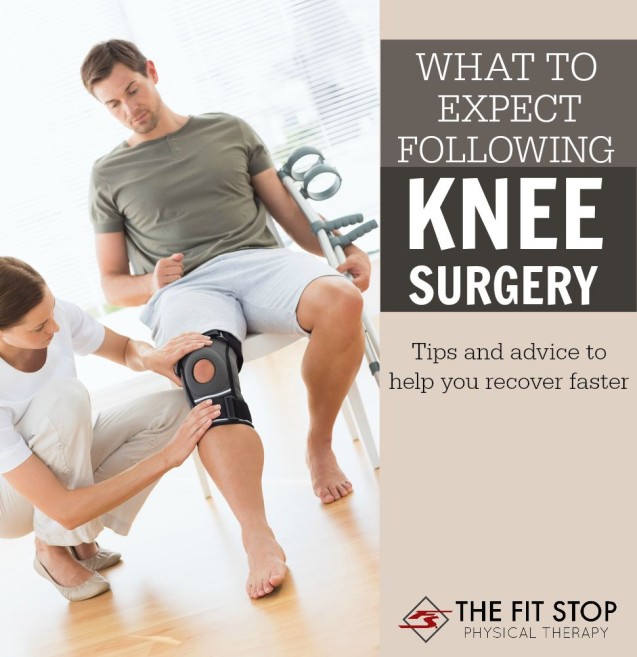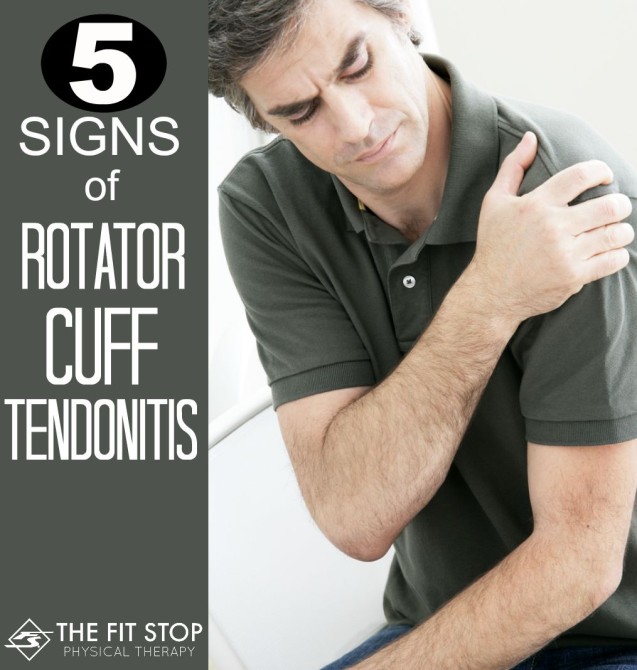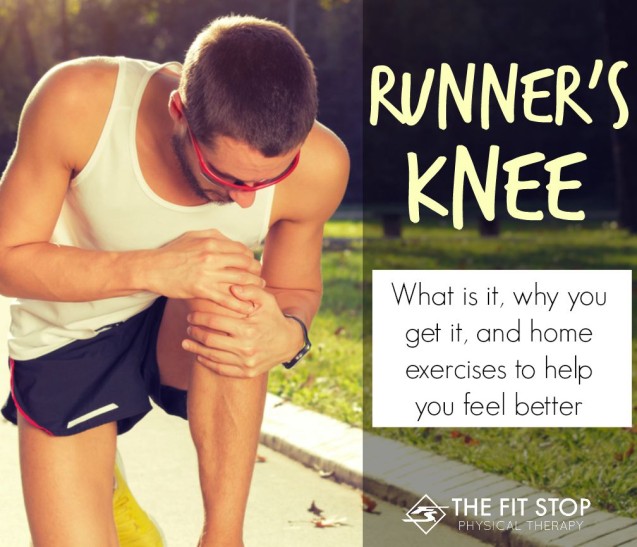By fitstoppt 02 Oct, 2015 Advice, FAQ, Health, Health Tips, Healthcare, Injury, Pain Management, Physical Therapy, Tips, Wellness healing, injury, physical therapy, PT, recovery, rehab, rehabilitation As physical therapists we frequently see patients who are recovering from some kind of surgery. Knees, hips, shoulders, backs, and necks are among the most popular post-surgery issues that we work with. In the United States joint related surgeries are increasing at a rapid rate. For example, according to the Center for Disease Control (CDC), in the USA between the years 2000-2010, total knee replacement surgery (TKA) rates doubled. In fact, the TKA is the most common inpatient surgery being performed nowadays. From shoulder surgery (which is the most common in our clinics), to knee and back surgery, there certainly is a time and place for these surgeries. However, the cost, time away from work for recovery, and risk associated with these surgeries is significant, and I often remind my patients of these factors when considering surgery. Most of the time, my patients seem pleased with the outcome of their surgery. However, as the obviously biased PT that I am, I often wonder – could this surgery have been avoided using conservative physical therapy? Well today, I am going to answer that question.
More By fitstoppt 28 Sep, 2015 Advice, Exercise, Injury, Physical Therapy, Shoulder Pain, Wellness advice, arm, exercise, fitness, health, home, inflammation, injury, pain, physical therapy, PT, rehab, shoulder, symptoms, tendinitis, tendonitis, treatment “Shoulder pain” can mean a lot of different things to a lot of different people. For some it means rest, don’t use it for three days, and maybe it will go away. For others it might be a signal that “I just need to go work it out and it will feel better”. But how do you really know which treatment is right for you? Today on the Fit Stop Blog, Tyler Bluth, PT, MPT is sharing his thoughts on shoulder tendonitis = what if is, why you get it, and some simple steps you can take to help it to feel better. Keep reading for more:
More By fitstoppt 31 Aug, 2015 Advice, FAQ, Health, Health Tips, Injury, Pain Management neck, neck pain, pain, physical therapy, pillow, rehabilitation, treatment Are you a “pillow zealot”? When you go on vacation, do you have to bring your “special” pillow with you, because you just can’t sleep without it? I know a few people who fall into that category (in fact, I am married to one!) and maybe you are one of them yourself! For some people, sleep is very difficult to attain, without that special pillow.
As a physical therapist, I work a lot with people that struggle with neck pain. Usually at some point during our treatment sessions the question comes up, “What kind of pillow should I be using? Can you recommend one?” Today one of our spine pain specialists, Toby Bluth, PT, DPT, will be answering those very questions! Find out which pillow is the best for stomach, side, and back sleepers and unlock the key to your best night’s rest!
More By fitstoppt 28 Aug, 2015 Advice, At Home, Exercise, FAQ, Fitness, Health Tips, Injury, Pain Management, Physical Therapy, Running exercise, fascia, fasciitis, foot, heel, pain, plantar, walk, walking, workout “I can’t walk without it hurting.”
“The first steps in the morning are the worst.”
“It feels like someone is digging an ice pick in the bottom of my foot.”
As an orthopedic physical therapist, there are few injuries we treat that are as debilitating as plantar fasciitis. This sharp, stabbing pain in the bottom of the foot happens with every step the person takes. As one who has experienced it before I can tell you three things for sure about plantar fasciitis: 1) it’s difficult to treat, 2) it takes time, patience, and consistency to treat, and finally 3) there is hope and it can be cured! Today on the Fit Stop Blog our foot and ankle specialist, Toby Bluth, PT, DPT, is discussing this miserable issue… what it is, why you get it, and some home exercises you can do to help it feel better! Keep reading for more…
More By fitstoppt 26 Aug, 2015 Advice, FAQ, Injury, Knee Pain, Physical Therapy, Surgery, Wellness knee, operation, pain, physical therapy, PT, rehab, rehabilitation, strength, surgery, swelling None of us want it. Many of us need it. A lot of us eventually break down and get it.
Knee surgery.
We’ve seen it from just about every angle imaginable: “I blew out my ACL skiing,” “I tore my meniscus playing _____,” “It’s been bone-on-bone for years,” and my personal favorite – “It was an old high school football injury from ___ years ago”. Whatever the reason and whatever the surgery, did you know there are some important steps that you can take following your surgery that will help you to heal better, quicker, and with decreased pain? Today on the Fit Stop Blog, one of our knee specialists, Tyler Bluth, PT, MPT, is sharing everything you need to know following your knee surgery to get back into action as quickly as possible. Read more below:
More By fitstoppt 17 Aug, 2015 Advice, Back Pain, FAQ, Health, Health Tips, Injury, Low Back Pain advice, avoid, back, back pain, correct, faq, healthcare, how to, injury, lift, lumbar, pain, physical therapy, posture, strength 4 Tips To Protect Your Back While Lifting and Carrying
Did you know that 9/10 people will experience some form of back pain in their lives?! As a physical therapist I have literally seen just about everything – from heavy lifting and falls to simply “I bent over to pick up my toothbrush”. Some of the most-common injuries that we encounter are a result of lifting and carrying objects. This is a frustrating situation that sets the patient back quite a bit, often resulting in missed days at work or play. The most frustrating part for me is that this situation can be avoided altogether with a little bit of education and exercise. Today one of our back pain specialists, Toby Bluth, PT, DPT will discuss proper lifting mechanics – what’s right, what’s wrong, and what you can do to avoid injury:
More By fitstoppt 10 Aug, 2015 Advice, Exercise, FAQ, Injury, Pain Management, Physical Therapy at home, best, elbow, exercise, how to, pain, physical therapy, rehab, rehabilitate, treat, workout As a Doctor of Physical Therapy for the past six years at the Fit Stop, elbow pain is probably the second most common arm ailment I treat (following issues related to shoulder pain). This annoying pain in the elbow is usually due to something called “lateral epicondylitis” or “tennis elbow”. What is odd, however, is that only a few of these patients have actually developed this condition from playing tennis!
So what’s the deal? What is lateral epicondylitis and how can PT help this limiting condition? Today on the Fit Stop Blog Toby Bluth, PT, DPT discusses tennis elbow – what it is, why you get it, and what physical therapy can offer you to help you feel better.
More By fitstoppt 07 Aug, 2015 Advice, Exercise, FAQ, Health, Injury, Physical Therapy, Shoulder Pain arm, exercise, fitness, physical therapy, shoulder, tendinitis, tendonitis, upper body, warm up, workout Chances are pretty good that at some point or another, you have experienced shoulder pain. In fact, it’s one of the top three complaints we typically see here in our physical therapy clinic. It seems like everything from throwing and working overhead to even just sleeping on it wrong can cause some shoulder pain. So at what point do we need to be concerned that it’s serious? How can we differentiate between “shoulder pain” which will go away in 1-2 weeks versus something more serious like your rotator cuff? Well today Tyler Bluth, PT, MPT, sheds a little light on that subject. Read all about what it rotator cuff pain and what you should do if you suspect you might have it:
More By fitstoppt 01 Aug, 2015 Advice, Exercise, FAQ, Healthcare, Injury, Pain Management, Tips exercise, fascia, fasciitis, foot, heel, pain, plantar, walk, walking, workout CLICK HERE TO BE TAKEN TO PART ONE OF THIS POST
INCLUDING “WHAT IS PLANTAR FASCIITIS” AND “WHY DO YOU GET IT”
In a previous post I discussed the what and why of plantar fasciitis (PF). To put it simply, PF is one of the most painful conditions I treat as a physical therapist, and also one of the most challenging to treat. There are a myriad of options available for treatment, however, there is no tried and true single treatment available to cure PF. But before you get too discouraged, read on to learn about the best approach to treating your nasty PF pain using physical therapy.
More By fitstoppt 31 Jul, 2015 Advice, Exercise, FAQ, Fitness, Health Tips, Injury, Knee Pain, Pain Management, Physical Therapy, Running, Tips, Uncategorized best, exercises, knee, knee pain, pain, patellofemoral, physical therapy, PT, treatment What is Patellofemoral Pain?
“Patellofemoral pain (PFP)” may not be a familiar term, however there is a good chance you are familiar with the pain associated with this condition (especially if you are young and active!). PFP has also been referred to as anterior knee pain or chondromalacia patella. According to the journal of orthopaedic and sports physical therapy (JOSPT), PFP is the most common reason that active people seek health care. In fact, JOSPT states that 2.5 million runners are diagnosed with PFP each year. It is also interesting to note that women are at higher risk for developing PFP, and the pain is most often recurring, meaning even after the pain has gone away, it is pretty likely it will come back. Recurrence rates have been cited as high as 90%. So what is the problem? What is patellofemoral pain, why do you get it, and what are some things you can do to fix it?
More